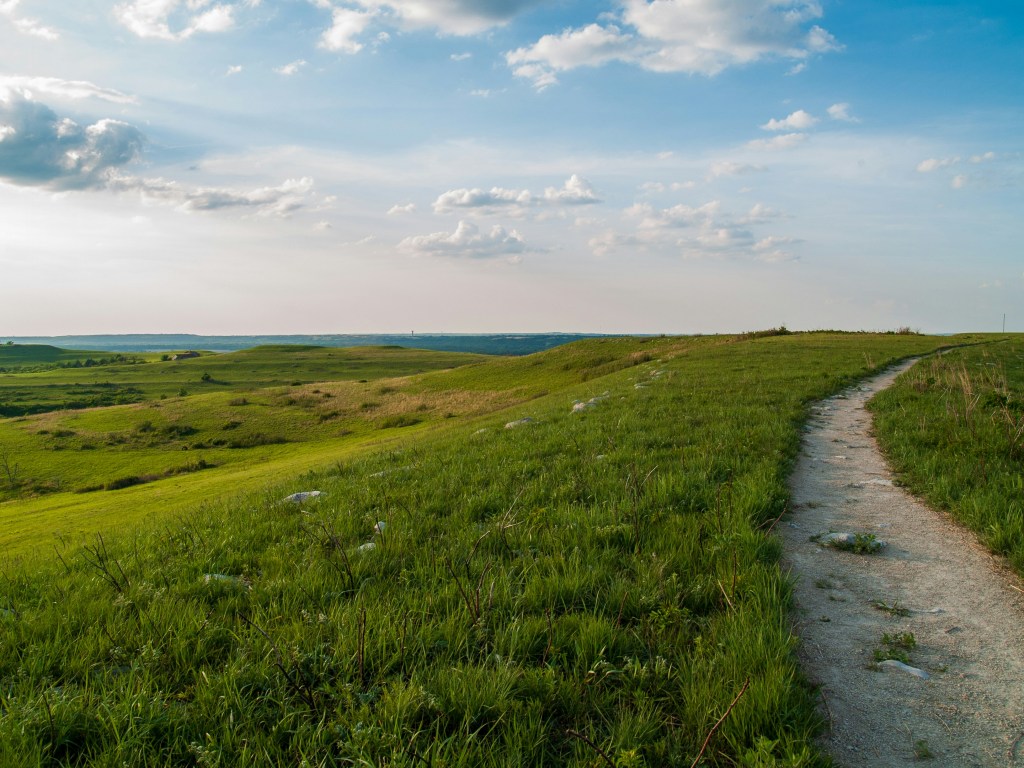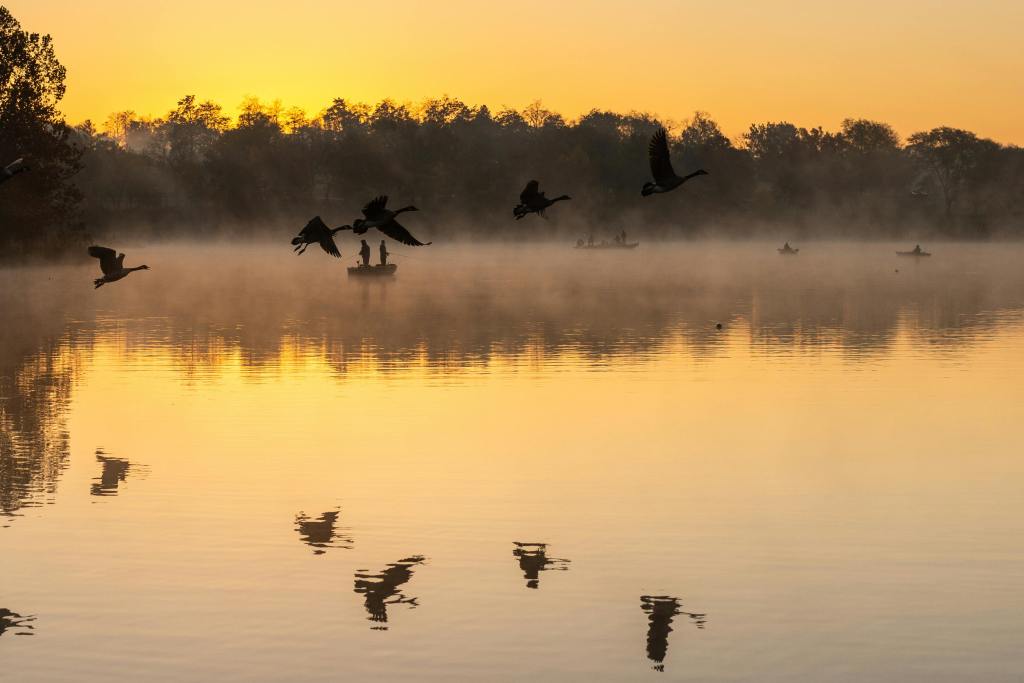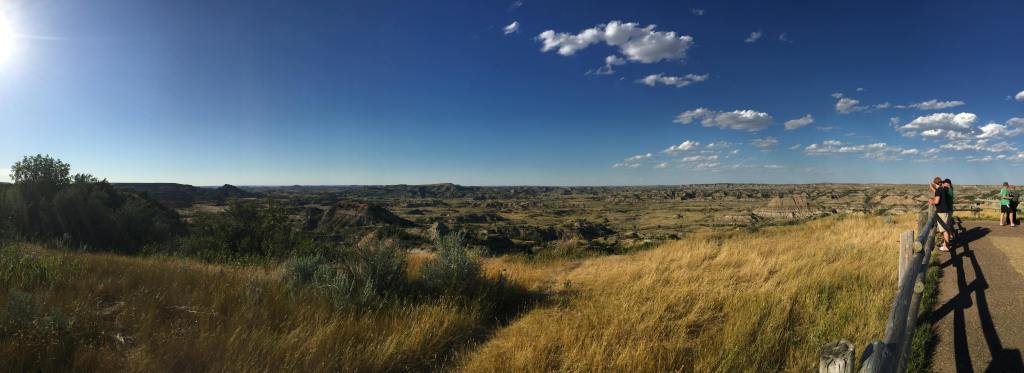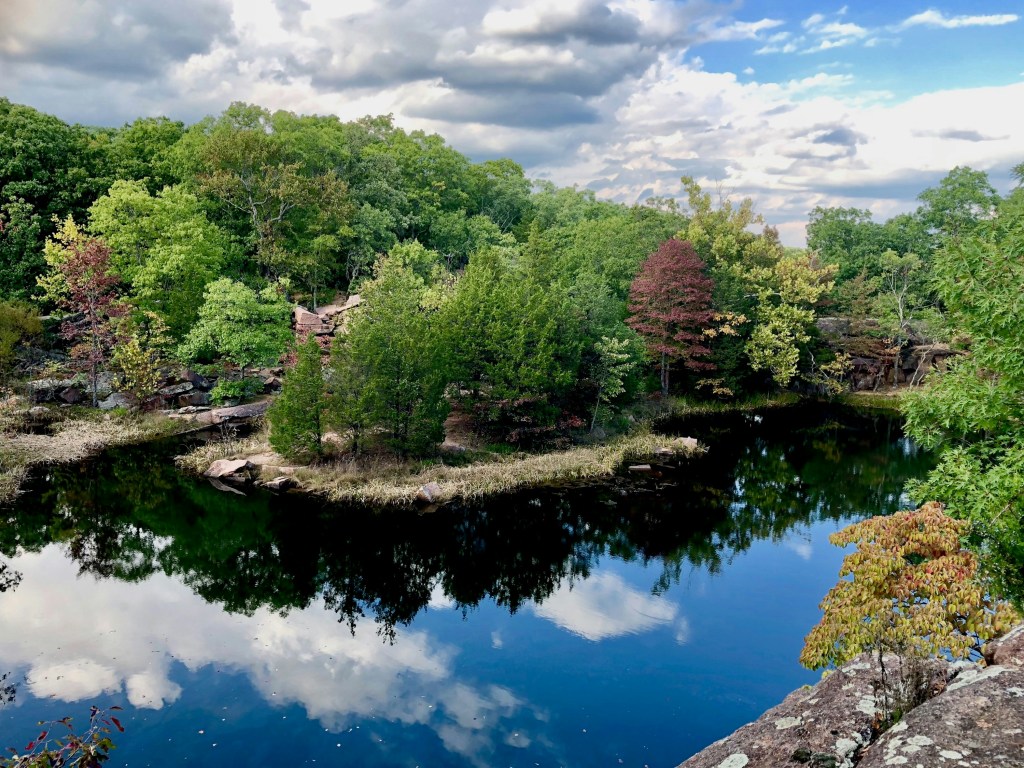It’s time to start thinking about holiday travel.
And that means it’s also time to start thinking about savings. If you’re interested in saving by booking during certain timeframes, check out Google’s advice on when to book holiday flights.
Here’s the short of it: For Thanksgiving and Christmas flights, Google recommends booking in late October and early October, respectively.
But what about airline discounts during seasonal booking periods? For the most part, the US’s largest airlines—including Delta, American, and United—offer limited sales and deals.
But during certain times of year, even the largest and most popular airlines offer savings.
Want to know the best times to book flights by airline? You need to know when they slash prices. Here’s what you need to know about upcoming sales in October, November, and December.
Best times to book flights in October
Domestic sales in October
- Alaska Airlines usually offer deals to Hawaii and Mexico during September and October
European sales in October
- Lufthansa sometimes offers deals around Oktoberfest for those traveling domestically around Europe
- easyJet also offers discounts during October for seasonal European events
Best times to book flights in November
Domestic sales in November
- JetBlue runs sales on Black Friday
- Hawaiian Airlines runs sales on Black Friday
- Alaska Airlines runs sales on Black Friday
- American Airlines runs sales on Black Friday
European sales in November
- Lufthansa usually runs sales in early November prior to the Black Friday rush
- Aer Lingus runs sales in the week or two prior to Black Friday
- Virgin Atlantic runs sales on Black Friday
- Finnair runs sales on Black Friday
- Scandinavian Airlines runs sales on Black Friday
Other sales in November
- Japan Airlines runs sales on Black Friday
- Air New Zealand runs sales on Black Friday
- Singapore Airlines runs sales on Black Friday
Best times to book flights in December
European airlines that offer deals in December
- British Airways runs promotions on Boxing day, which is the day after Christmas
- Singapore Airlines offers deals during the Christmas period
- Virgin Atlantic offers deals during the Christmas period
- Scandinavian Airlines offers deals during the Christmas period



